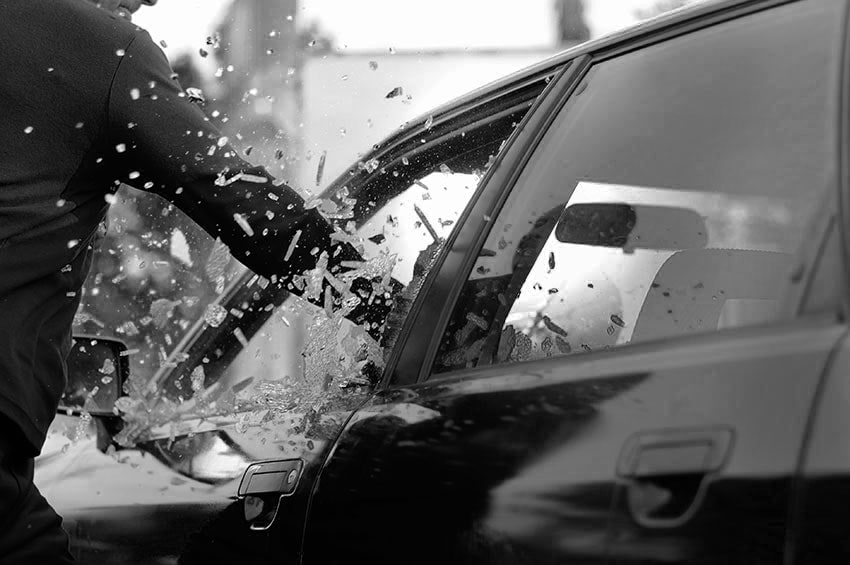How Do Providers Define Vandalism?
Oxford Dictionary defines vandalism as “willful or malicious” destruction of property. Vandalism damage falls under comprehensive coverage. Severe vandalism damage to cars result from willful intention. Vandalism includes almost any activity that could deface or devalue a car. Some examples of the most common types of car vandalism are: damages caused by breaking into or attempting to steal the car, breaking windows, graffiti on a vehicle, flattening tires, keying the outside of the car, and setting the car on fire.
What Does Comprehensive Coverage Mean?
Comprehensive coverage is often referred to as “bad luck insurance”. It covers incidents out of your control as such: hail, flood, falling objects (a tree branch snapping off a tree and landing on your hood), glass only damage (a rock hits your windshield causing a large crack), theft, and vandalism. Comprehensive coverage is also often overlooked despite being inexpensive first-party coverage. First-party coverage covers you and your vehicle. Comprehensive coverage premiums are at a minimum at least four times lower than collision coverage. Simply put, if you have collision coverage on your policy you should without question include comprehensive coverage.
My Car Was Vandalised, What Do I Do Now?
The first step is resisting the urge to inspect and touch the vehicle. The next step is to call the local police department where the vandalism took place, not where you live. Depending on the police department’s policy, they may send an officer to take photos, take fingerprints of your car and misplaced items, and complete an in-person report or they will request you fill an incident report online on their website. The dispatcher will instruct you on the proper steps.
Once the police involvement is completed, call your insurance carrier’s claim department. Their phone number should be listed on your insurance ID card. The details on a vandalism claim are extremely important as the claims department will need to decide how to proceed with your claim depending on the severity of your car damages. They will ask you questions to establish place and time. Some example questions are: “What was the date and time of the incident? Where is the damage located on your car? Where was your car parked? Do you know who caused the damage?”
It is important to remain calm despite handling such a maddening stressful situation while you are speaking with the claims department. The claim reporting department will likely assign an inside claims adjuster and send a field claims adjuster to inspect the damages in person. Unfortunately, vandalism claims require time and investigation because they are prone to fraud. Once the claim adjusters have reviewed all the information and no issues are found, they will issue payment for repairs to the body shop using your comprehensive coverage minus your selected deductible amount. Unfortunately, without any exceptions, the comprehensive claims will apply the deductible as a deterrent for fraud.
What About My Stolen Items?
Personal items stolen (most common items: purses, backpacks, laptops, and sunglasses) are often associated with a vandalism claim. Unfortunately, personal items are often not included or capped at a fixed small amount of $100 or $200 within the definition of comprehensive coverage by most insurance carriers. This aspect of comprehensive coverage differs greatly carrier to carrier. The best source of information on this aspect of comprehensive coverage will be located in your insurance binder under the “Terms and Definitions”. The binder is typically a small booklet given to you when you purchase the policy. Most car insurance carriers will advise personal items are not covered and will state personal items will under homeowners or renters insurance. It is highly recommended to review your homeowners or renters policy prior to filing a claim as homeowners or renters deductible could exceed the personal items stolen.

